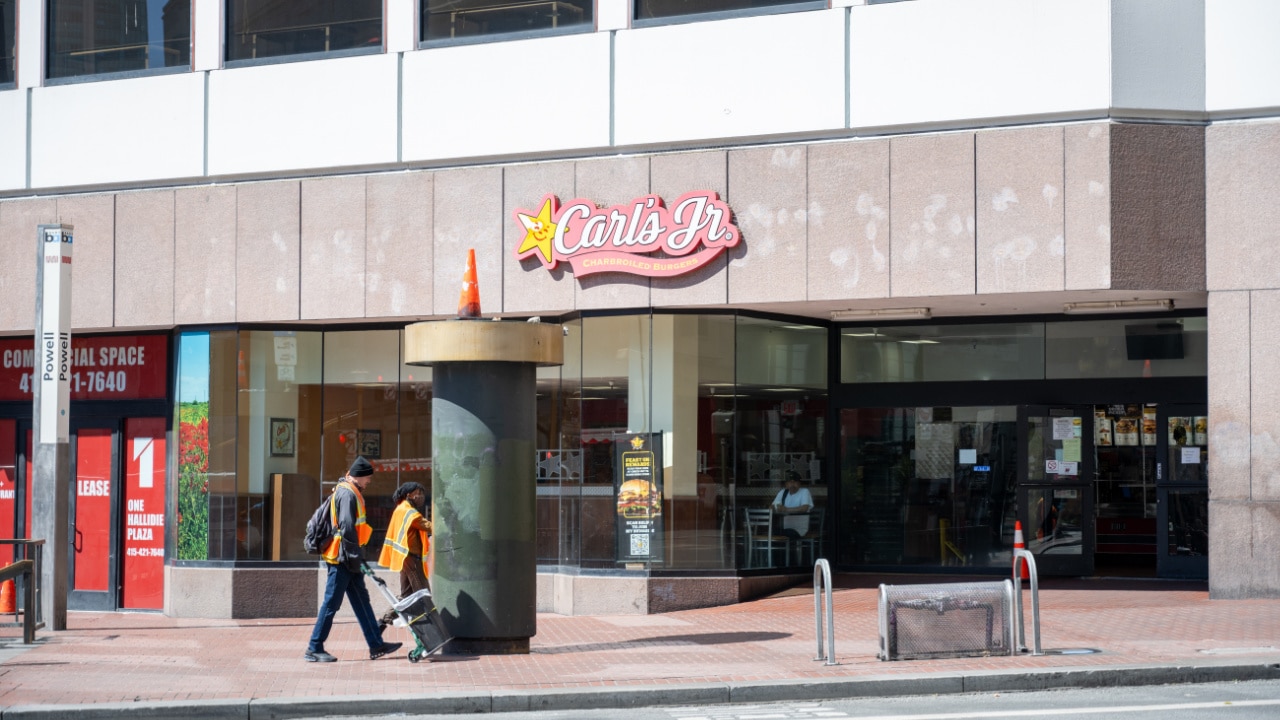Human Remains Were Just Found in a Demolished House Tied to a Famous Latino Rock Star
If the walls of old houses could talk, this one might have screamed.
A group of construction workers made a gruesome discovery last week in Buenos Aires’ Coghlan neighborhood. As they demolished a historic home once rented by Argentine rock legend Gustavo Cerati, human bones surfaced beneath the rubble. Personal items—like wristwatches—were also found. And just like that, a space once filled with music became the site of a criminal investigation.
Gustavo Cerati Once Lived Here—Now It’s a Crime Scene
The house sits on Avenida Congreso at the 3700 block, a quiet residential stretch that now buzzes with speculation. Cerati, the iconic frontman of Soda Stereo, lived there between 2001 and 2003. According to Infobae and La Nueva, he rented the property from artist Marina Olmi while she was living in Spain.
Olmi—who is also the sister of actor Boy Olmi—bought the house about 30 years ago with her then-husband. In an interview with TN, she recalled: “Es una casa bien hecha, pero cuando la compramos ya estaba viejísima. La había hecho el padre de la señora que me la vendió. Hace por lo menos 100 años.”
But while Olmi’s memories of the home include art, music, and gatherings with friends like Hilda Lizarazu and Tito Losavio, they also include a warning. She once noted that the area where she built a swimming pool had “una especie de situación oscura”—a strange corner with an old wooden shack and unsettling vibes left behind by previous owners.
The Human Remains Were Discovered During Demolition
The discovery happened on May 20, but only came to light days later, according to La Gaceta and Mendoza Post. Workers demolishing the old house to make way for a new apartment building were excavating near a wall when a chunk of earth gave way. Bones fell out, clearly human, along with old personal belongings.
The crew immediately stopped work and notified the police. Officers from the Comisaría Vecinal 12C responded, and the case was handed over to prosecutor Martín López Perrando, who heads the Fiscalía Nacional en lo Criminal y Correccional Nº61.
According to El Litoral, forensic teams arrived on-site on May 29 to collect and preserve the remains. The bones were then sent for analysis to determine their age and origin. Depending on what the tests reveal, the case could be transferred to federal authorities, especially if the remains date back to Argentina’s colonial period or relate to religious or institutional history.
The House Has a Long, Complicated History
While there’s no indication the remains have any connection to Cerati or the artists who lived there, the house’s past is murky. Marina Olmi told Página 12 and La Nueva that the house was once a geriátrico (nursing home). Before that, elderly neighbors remember it functioning as a capilla (chapel) and a stable. One neighbor even claimed it was home to the colonial-era Iglesia Santa María.
Multiple outlets, including Ámbito and Infobae, confirmed that the house had been standing for over a century. It featured a main home, a secondary residence at the back, gardens, workspaces, and the now-infamous pool area. What lies beneath those layers of history remains unknown.
Gustavo Cerati’s Legacy Now Shares Space With Mystery
It’s a strange twist of fate that the house where Cerati once lived is now the focus of an open investigation. The same place that witnessed quiet songwriting sessions and visits from music icons is now sealed off, wrapped in police tape and eerie silence.
As El Litoral put it, “un pasado artístico que ahora se entrelaza con el misterio.” A cultural landmark is suddenly something more complicated—more haunted, perhaps—than anyone imagined.
Authorities are still awaiting the results of forensic testing. Until then, one thing’s for sure: Gustavo Cerati may have left the house behind decades ago, but something never left it at all.




